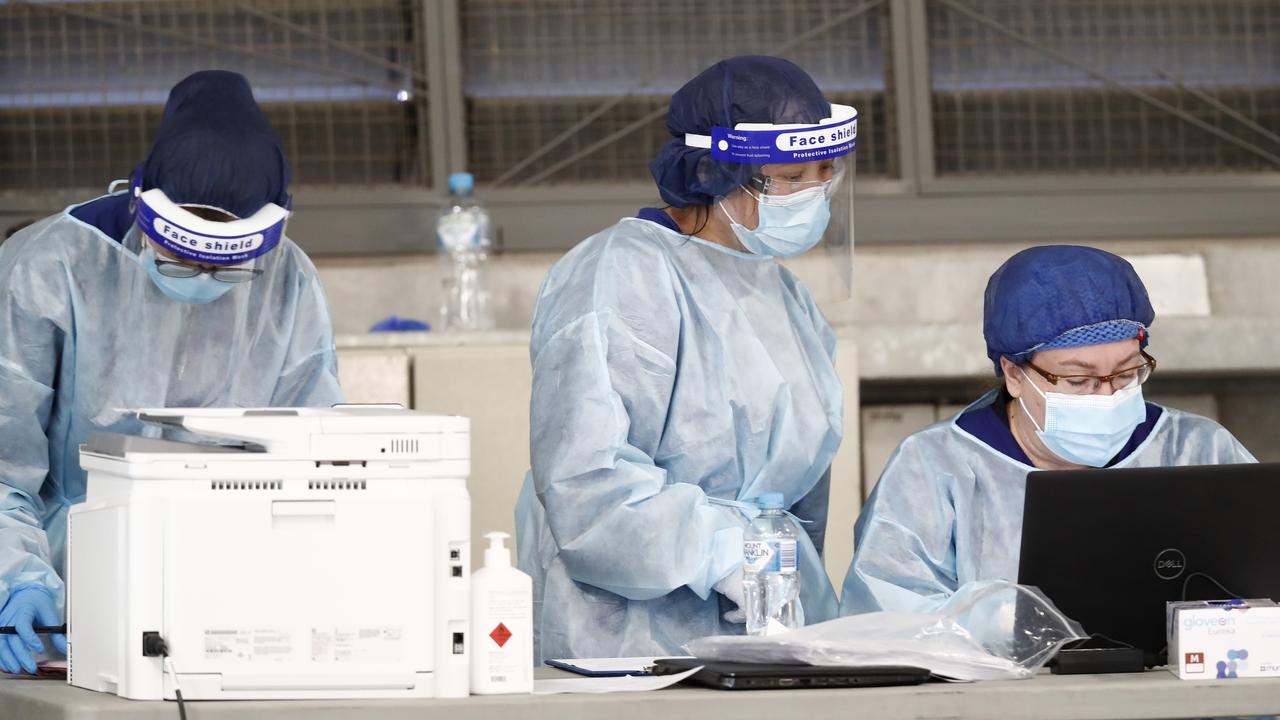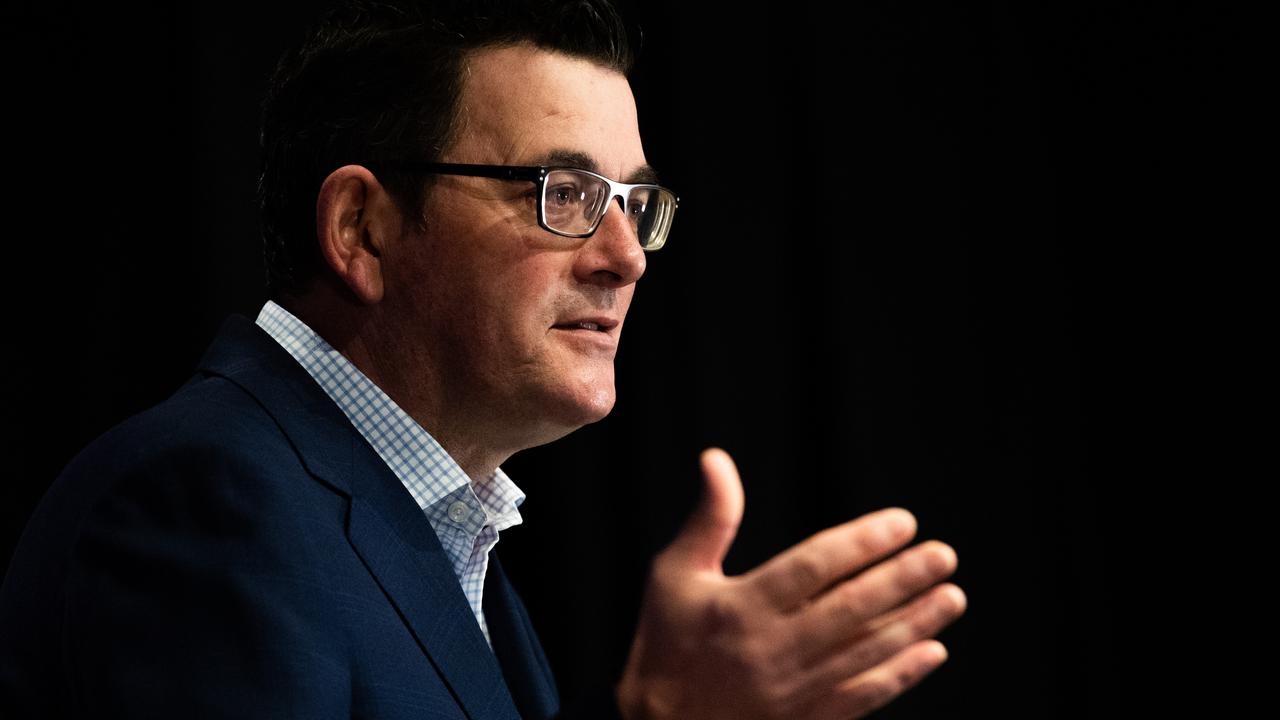Sex selection of babies should be a matter of choice for couples
AUSTRALIANS can have babies aborted but if they want to choose the sex of a child, they have to go to the US. It’s time we legalised sex selection, says RITA PANAHI.

Rita Panahi
Don't miss out on the headlines from Rita Panahi. Followed categories will be added to My News.
FOR an enlightened country at the forefront of cutting edge medical research, Australians can sometimes carry on like backward simpletons.
How can a country responsible for the invention of the cochlear implant, the first bionic eye and many advances in prenatal care be so restrictive in giving couples what they want?
And what an increasing number of couples want is to be able to choose the sex of their child.
Yet the practise of sex selection is illegal in Australia, forcing prospective parents to travel to the US for costly treatments.
Before you start blabbering about “social engineering” and “gender bias”, ask yourself what harm is done by giving parents the girl or boy that they are desperate for? What is wrong with allowing a couple who, for example, may already have three boys and are eager for a girl, to use available technology that makes their dreams of a daughter a reality?
Some argue it goes against nature, but then that same argument can be made about all medical intervention.
Indeed the entire IVF industry is about repudiating nature and giving people who are unable to conceive naturally the gift of bearing children.
As it stands, sex selection is banned unless it can be demonstrated that it is necessary to avoid the risk of a genetic abnormality or genetic disease in a child.
But the law of unintended consequences means that some people, anxious for a child of a particular gender, use methods that are highly undesirable.
Victorians were shocked in 2011 to learn that a mother chose to abort two healthy male foetuses because she wanted a girl after having three sons and losing a daughter soon after birth.
That case gained attention as the husband and wife took their case to VCAT after being denied by the Patient Review Panel.
However many medical professionals believe that it was not an isolated incident and abortions are routinely used to sidestep the ban on sex selection.
That’s a needlessly risky and potentially traumatic means of achieving something that can be done simply and safely before conception.
In Western countries like Australia and the US, there is no evidence that couples would show a bias towards male children.
In fact the gender bias heavily favours girls, with one IVF clinician estimating that about 80 per cent of Australian couples using sex selection opt for a girl.
Renowned American IVF specialist Dr Daniel Potter has been scathing of Australia’s regressive policies which have forced hundreds of couples to seek treatment at his HRC Fertility clinics in California. He said: “It is a reproductive freedom issue. You can have an abortion for whatever reason you want, but if you want to have a child, people question why.
“The technology is safe, it is there, so why not allow people to use it?”
Dr Potter sees about 20 Australian couples every month, people who are so determined to select the sex of their child that they spend tens of thousands of dollars for treatment in the US.
That figure is increasing rapidly and has doubled in the past five years.

For reasons that defy logic, sex selection has been banned in Australia for the past decade but the good folk at the National Health and Medical Research Council may change all that. The NHMRC will soon determine whether the ethical guidelines around assisted reproductive technology should be changed to allow parents to select the sex of their child.
Professor Ian Olver, director of the Sansom Institute for Health Research and chair of the Australian Health Ethics Committee, believes that having couples travel overseas for expensive procedures is problematic.
“The committee is aware that some Australians are pursuing sex selection in overseas clinics,” he wrote. “And because not all international clinics have the same standard of care that exists in Australia, this could be risky for both the woman and her child.”
Prof Olver also dismissed the slippery slope argument employed by many opponents of sex selection who believe it will lead to designer babies where parents pick the eye colour, height or special aptitudes of their progeny.
“There’s no natural progression between approving non-medical sex selection and approving being able to select other characteristics,” he said.
“Sex selection is a discrete choice around which a definite boundary can be drawn.”
It’s interesting how the natural reaction of some is to recoil at advances in science.
Even in cultures where male children are favoured, wouldn’t it be preferable to allow couples to choose the sex of their child at conception rather than have many Chinese girls aborted, abandoned or killed soon after birth every year.
China’s gender ratio is now so out of whack, thanks to the country’s one child policy and the preference for male children, that it is estimated by 2020 there will be an additional 35 million men with no female partners.
The demand for gender selection may be growing in Australia but the overwhelming majority of those using IVF just want a healthy child.
We should be able to accommodate the few who want to choose the sex of their child without forcing them to spend thousands of dollars travelling overseas or worse using termination as a means of achieving what can be done in a lab.
RITA PANAHI IS A HERALD SUN COLUMNIST


